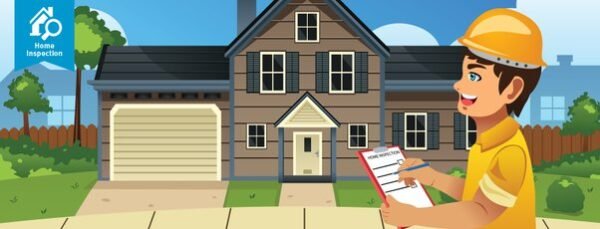Home and building inspections can be a daunting task, but it is a necessary one to ensure that you’re making a sound investment. If you’re buying a new home or commercial property, it’s important to have an expert assess the condition of the building to uncover any potential issues that could be costly to fix. But, is it possible to do your own home or building inspection, and should you? Let’s take a closer look.
The Advantages of Doing Your Own Inspection:
- Cost Savings: One of the most significant benefits of conducting your own home or building inspection is cost savings. Hiring an inspector can cost hundreds or even thousands of dollars, depending on the size of the property. By conducting your own inspection, you can save that money and use it towards other expenses.
- Knowledge and Education: Doing your own inspection can also be a valuable educational experience. You’ll get to see first-hand how the various systems of your home or building work, and what needs to be maintained or improved. This information can be useful in the future if you decide to sell the property or if you need to make any repairs.
- Flexibility: Another advantage of conducting your own inspection is the flexibility it provides. You can take your time and inspect the property at your own pace, without feeling rushed by an inspector who has other appointments to attend to. You can also focus on specific areas of concern that are important to you.
The Disadvantages of Doing Your Own Inspection:
- Lack of Expertise: One of the primary disadvantages of doing your own inspection is the lack of expertise. A professional inspector has the training, experience, and knowledge to spot potential problems that you may miss. Thiscould result in you making a costly mistake by purchasing a property that has hidden problems.
- Time Consuming: Conducting your own inspection can also be time-consuming. You’ll need to dedicate a significant amount of time to thoroughly inspect the property, and if you’re not familiar with the various systems, you may need to take the time to research and understand them.
- Safety Concerns: Safety should always be a concern when conducting your own inspection. Some areas of a home or building can be hazardous, and if you’re not trained to recognize potential dangers, you could be putting yourself at risk.
What to Look For During Your Inspection:
- Structural Integrity: The structural integrity of a home or building is critical, and it’s essential to look for any signs of damage or wear and tear. This includes the foundation, walls, roof, and any other major elements that support the building. If you notice any major issues, it’s best to have them evaluated by a professional.
- Plumbing and Electrical Systems: The next thing you should examine are your plumbing and electrical systems. Check for leaks, clogs, and if you have functioning smoke detectors and carbon monoxide detectors. Make sure that your electrical wiring is up-to-code and providing the correct voltage
- Heating and Cooling Systems: Your heating, ventilation, and air conditioning (HVAC) system is critical to your comfort and safety. Make sure that it’s working properly and that there are no signs of wear and tear, such as cracks or leaks. Additionally, check the air filters to ensure that they’re clean and working efficiently.
- Dye Penetrant Testing: During your inspection, if you want to effectively identify cracks and other surface discontinuities in metal and non-metallic components, you can use the dye penetrant testing method for metal structures where cracks can result in serious consequences. This testing process involves coating the surface of the material, such as metal, with a liquid dye, and then subjecting it to pressure, which makes cracks and defects bleed, thus highlighting their location.
- Interior and Exterior: Finally, make sure to inspect both the interior and exterior of your property. Check for signs of water damage, mould, and any other potential issues that could affect your health and safety. Take note of any areas that need to be repaired or upgraded, such as outdated appliances or windows.
While it’s possible to do your own home or building inspection, it’s essential to consider the advantages and disadvantages before making a decision. Doing your own inspection can be a cost-saving, educational experience, but it can also be time-consuming and lack the expertise of a professional inspector. If you decide to do your own inspection, make sure to thoroughly inspect the property and focus on critical areas such as the structural integrity, plumbing and electrical systems, heating and cooling systems, and roof.
